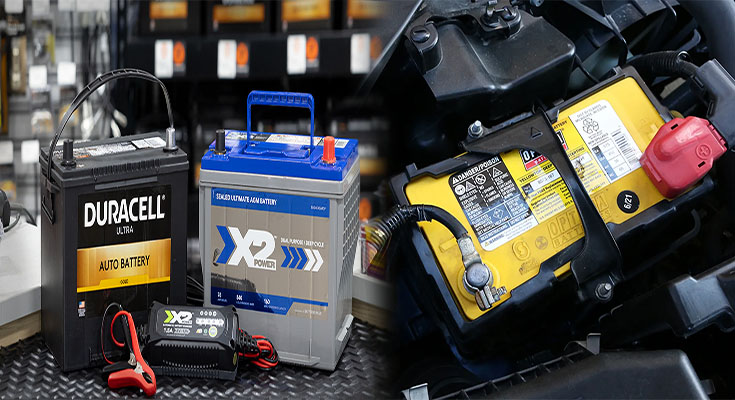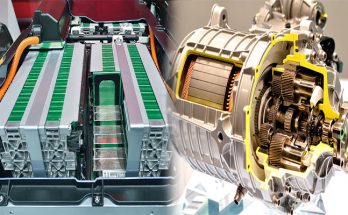The automotive industry is continually evolving, with vehicles becoming more advanced and incorporating sophisticated electronics and technology. As a result, the demand for reliable and efficient automotive batteries has grown considerably. Absorbent Glass Mat (AGM) batteries have gained prominence due to their ability to meet the high power demands of modern vehicles. However, selecting the optimal size of AGM car batteries for different vehicle models is crucial to ensure optimal performance and longevity. Let’s explore the importance of size optimization and considerations to keep in mind when choosing AGM batteries.
Why Optimal Battery Size Matters
Power and Performance
Optimizing the size of an AGM car battery is crucial to ensure sufficient power supply for the vehicle’s electrical systems. Inadequate battery size can result in insufficient power, leading to starting issues, frequent battery failures, and diminished overall performance. On the other hand, an oversized battery might not provide the necessary power density, making it inefficient and potentially causing unnecessary weight and space concerns.
Space and Fitment
Optimal battery size also impacts the fitment and utilization of available space within the vehicle. AGM batteries come in various shapes and sizes, and it is essential to consider the vehicle’s design and available battery compartment when selecting a battery. An ill-fitting or oversized battery can lead to installation challenges, compromised safety, and potential damage to surrounding components. Therefore, proper size selection ensures seamless integration and prevents unnecessary modifications or compromises to the vehicle’s structure.
Battery Lifespan
The size of an AGM car battery is closely related to its capacity and reserve power. Selecting an optimal size ensures that the battery has enough capacity to handle the vehicle’s electrical demands while providing sufficient reserve power. An undersized battery may discharge quickly and undergo frequent deep discharges, reducing its lifespan. Conversely, an oversized battery might not receive adequate charging during normal vehicle operations, leading to underutilization and potential sulfation issues.
Considerations for Different Vehicle Models
When selecting AGM car batteries, several factors need to be considered, taking into account the specific requirements of different vehicle models. Here are a few key considerations:
Battery Group Size
AGM car batteries are available in various group sizes designated by a specific code. It is important to consult the vehicle owner’s manual or a reputable battery sizing guide to determine the correct group size recommended for a particular vehicle model. The group size ensures that the battery’s physical dimensions match the space allocated in the vehicle and that the terminal locations align correctly.
Cranking Amps (CA) and Cold Cranking Amps (CCA)
Cranking Amps (CA) and Cold Cranking Amps (CCA) refer to a battery’s ability to deliver power for engine starting in normal and cold weather conditions, respectively. Depending on the vehicle model and climate, the required CA and CCA ratings may vary. It is essential to select an AGM battery with the appropriate CA and CCA ratings to ensure reliable starting performance in any weather condition.
Reserve Capacity (RC)
Reserve Capacity (RC) indicates how long a fully charged battery can power essential electrical components in the event of alternator failure. RC is particularly important for vehicles with additional electrical accessories or models that require prolonged electrical operation without the engine running. It is advisable to choose an AGM battery with a sufficient RC to meet the vehicle’s electrical demands during extended periods of idling or when the engine is turned off.
Manufacturer Recommendations
Lastly, it is essential to consider the battery recommendations provided by the vehicle manufacturer. They may specify particular AGM battery models or provide additional guidelines based on the vehicle’s electrical system and specifications. Following the manufacturer’s recommendations ensures compatibility, performance, and optimal battery life.
Selecting the optimal size of AGM car batteries is vital to ensure optimal power delivery, fitment, and longevity for different vehicle models. Proper size selection supports the vehicle’s electrical demands, enhances performance, and extends battery life. Factors such as battery group size, cranking amps, reserve capacity, and manufacturer recommendations should be considered when choosing AGM batteries. By taking these considerations into account, vehicle owners can optimize their battery selection process and confidently rely on AGM batteries to power their vehicles efficiently and reliably.





